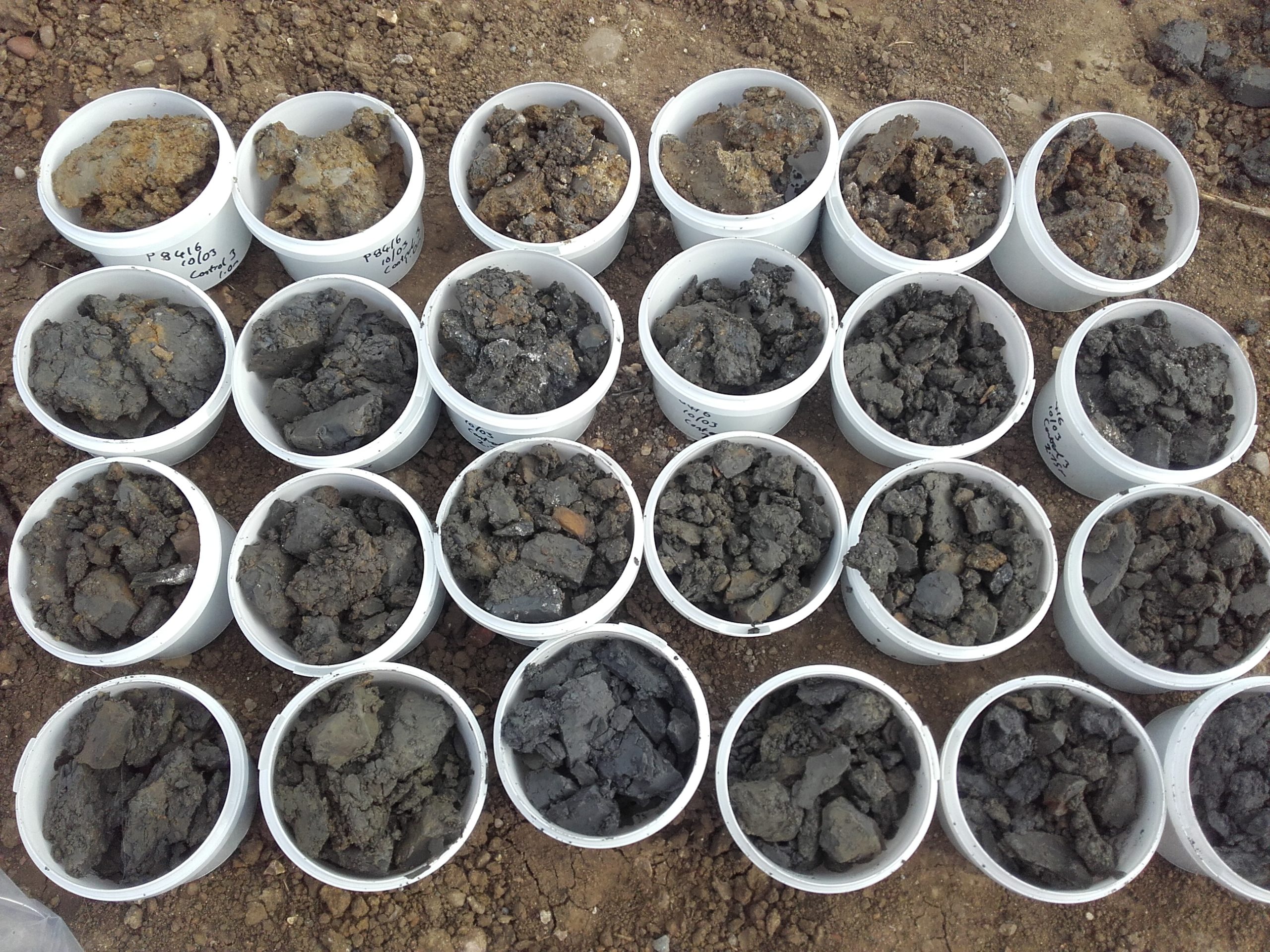The term ‘geo-hazard’ tends to conjure up thoughts of volcanoes, earthquakes, and landslides. However, land developers regularly encounter smaller scale geo-hazards that need to be identified and mitigated as part of the initial ground investigation.
One such geo-hazard can be found on land with clay-rich soils, which are susceptible to changes in moisture content and desiccation. These can be seasonally induced or caused by the presence of trees and hedges. Both scenarios can impact the depth of foundations and the type of floor slab needed.
Seasonal desiccation, particularly on cropped fields, can cause the deepening of foundations, and the need for lateral heave protection. If buildings are constructed in soils which are desiccated (i.e., have reduced moisture content) they are at risk from heave damage if the soils re-hydrate and swell. On the other hand, if the underlying soils have the potential to further desiccate it could result in subsidence damage.
GRM have recently been working for a client on land in Buckinghamshire, collecting samples for geotechnical testing to assess the potential presence of desiccated soils. This involves taking and testing samples at narrow depth intervals for moisture content, and at wider intervals for volume change and swell potential. This will provide a moisture and swell potential profile that we can use to assess the depth of potentially desiccated soils. From this we can advise our clients on appropriate foundation types, depths, and the use of heave precautions.
Our understanding of land in this context will save both time and cost, especially if such geo-hazards are identified and no remedial work is required during or after the construction phase.
If you have any development or construction projects, then please get in touch to find out how we can help save both time and costs. Please use your main point of contact at GRM or for new enquiries email richard.upton@grm-uk.com or call 01283 551249.


